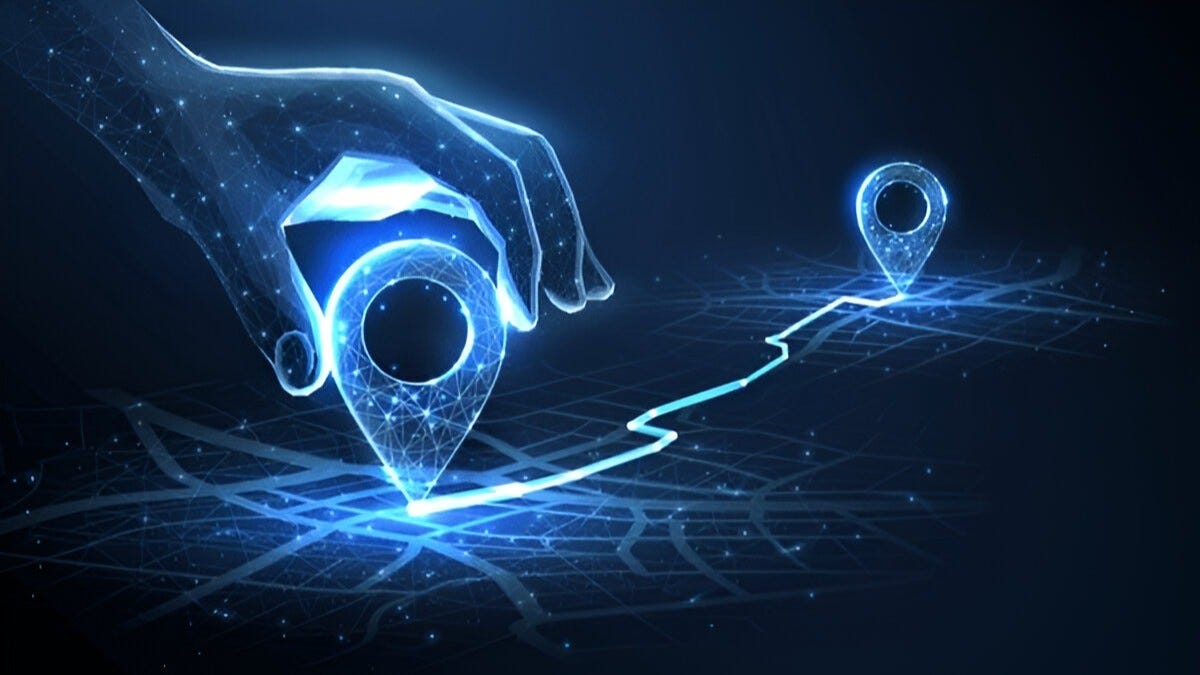The Journey of Artificial Intelligence: From Ancient Dreams to Modern Reality
Guest article by Sumit Sagar
Artificial Intelligence (AI) has captured human imagination for centuries — from ancient myths of mechanical beings to today’s AI-powered apps transforming industries. The journey of AI is not just a story of technology, but of human ambition to create machines that can think, learn, and evolve.
Let’s explore how AI evolved — from its origins to the present day.
The Early Imagination: Before “AI” Had a Name
Ancient myths & automata: As far back as 350 BCE, Greek philosopher Aristotle speculated about mechanical logic. The myth of Talos, a bronze giant automaton, showed mankind’s fascination with artificial beings.
Early machines: In 1206, Arab inventor Al-Jazari designed mechanical automata like programmable humanoid robots.
These were not AI as we know it, but they set the stage for humanity’s desire to create “thinking machines.”
The Birth of Modern AI: 1940s–1950s
The term Artificial Intelligence was first coined in 1956 by John McCarthy at the Dartmouth Conference — considered the birth of AI as a field.
Key milestones:
Alan Turing (1950): Introduced the Turing Test, a benchmark for machine intelligence.
Claude Shannon: Explored how computers could play chess.
1951: The first AI program, a checkers-playing machine by Christopher Strachey, ran on the Ferranti Mark I computer.
💡 Fact: In 1955, the program Logic Theorist by Allen Newell & Herbert Simon could prove mathematical theorems.
The First AI Boom: 1960s–1970s
AI began to move from theory into practice.
MIT’s ELIZA (1966): The first chatbot, mimicking a psychotherapist.
Shakey the Robot (1969): The world’s first general-purpose mobile robot built by SRI International.
Governments like the US Department of Defense heavily funded AI research.
But optimism was greater than reality — computers were too slow and data was limited.
The AI Winters: 1970s–1990s
AI went through two major “winters” when funding and interest dried up.
1974–1980: First AI winter after researchers overpromised.
1980s: Expert systems (like XCON by Digital Equipment Corporation) revived interest, but soon collapsed due to high costs.
1987–1993: Second AI winter, as companies realized expert systems were not scalable.
💡 Fact: In 1980s, Japan’s Fifth Generation Computer Project spent $400M on AI — but achieved little lasting impact.
The AI Renaissance: 2000s–2010s
The rise of big data, faster GPUs, and cloud computing unlocked new potential.
2006: Geoffrey Hinton reintroduced deep learning, transforming machine learning.
2011: IBM’s Watson defeated human champions on Jeopardy!.
2012: The breakthrough AlexNet deep learning model won ImageNet competition, outperforming humans in image recognition.
Google DeepMind (2014): Later acquired by Google, created AI that learned to play Atari games and, in 2016, defeated world Go champion Lee Sedol with AlphaGo.
💡 Data: Global investment in AI startups grew from $1.3B in 2010 to $40B by 2019 (PwC).
AI Today: 2020s–2025
The last five years have seen explosive growth in AI adoption — from research labs to everyday life.
Key Milestones:
ChatGPT (2022) by OpenAI: Brought AI into the mainstream with over 100 million users in 2 months, making it the fastest-growing consumer app in history.
Google DeepMind (2021): Solved 50-year-old protein-folding problem with AlphaFold, accelerating biotech research.
Anthropic (2023) launched Claude, a safer AI assistant.
Meta released LLaMA models, open-sourcing powerful AI.
Microsoft invested $13B in OpenAI and integrated AI into Office and Bing.
NVIDIA became a trillion-dollar company in 2023, powering AI training with its GPUs.
Adoption Across Industries:
Healthcare: AI predicts diseases, aids drug discovery, and powers diagnostics.
Finance: AI manages fraud detection, algorithmic trading, and risk management.
Marketing: AI-driven personalization boosts engagement (think Amazon recommendations).
Transportation: Self-driving cars (Tesla, Waymo) continue testing.
💡 Fact: According to PwC, AI could add $15.7 trillion to the global economy by 2030.
The AI Race: Companies Leading the Future
OpenAI – ChatGPT, DALL·E, GPT-4/5.
Google DeepMind – AlphaGo, AlphaFold, Gemini AI.
Microsoft – Azure AI, Copilot.
NVIDIA – Hardware powering nearly all AI models.
Anthropic – Claude AI assistant.
Meta – LLaMA open-source models.
Amazon – AWS AI, Alexa.
Apple – On-device AI for iOS.
The Future of AI: What’s Next?
Artificial General Intelligence (AGI): Machines that can think and learn across any domain.
AI Regulation: Governments (like the EU AI Act 2024) are setting rules to ensure safe use.
AI + Quantum Computing: Could accelerate problem-solving exponentially.
Everyday AI: From personal tutors to AI doctors, integration will be seamless.
💡 Fact: Gartner predicts that by 2030, 80% of all enterprise applications will have AI embedded.
Conclusion
The journey of AI is a story of cycles — excitement, setbacks, breakthroughs, and transformation. What began as a philosophical idea thousands of years ago is now shaping economies, industries, and daily life.
From Alan Turing’s vision to ChatGPT’s revolution, AI has become one of the most powerful forces of the 21st century. And while challenges remain, one thing is clear: the AI journey has only just begun.

